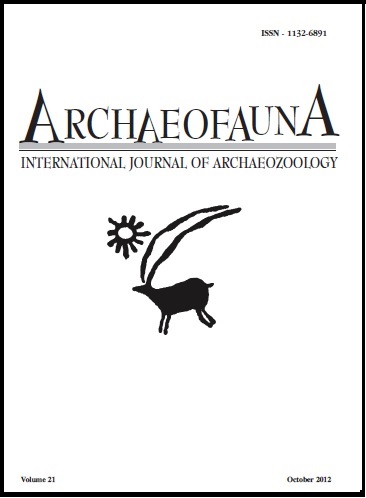Keywords:
Native American dogs, Teotihuacan, Mesoamerican domestic faunaAbstract
Until now there had been recognized six domestic canid types in the Mesoamerican civilization. One of them was characterized by short legs. It was registered for the first time in 1994, although the number of recognized individuals, just two, limited the comprehension of its role as a dog breed, but, in recent years 19 specimens from 11 individuals were discovered in the Teopancazo site, inside the prehispanic city of Teotihuacan (I – VI centuries AD) though. These remains appeared in to be related to organisms manufacture and manipulation for artisanal, use, mainly to priest costumes and ritual activity articles production, a dog’s type of use unknown until now, but, that stimulate the idea that they were specimens used as raw material in the manufacture jobs recognized there.

